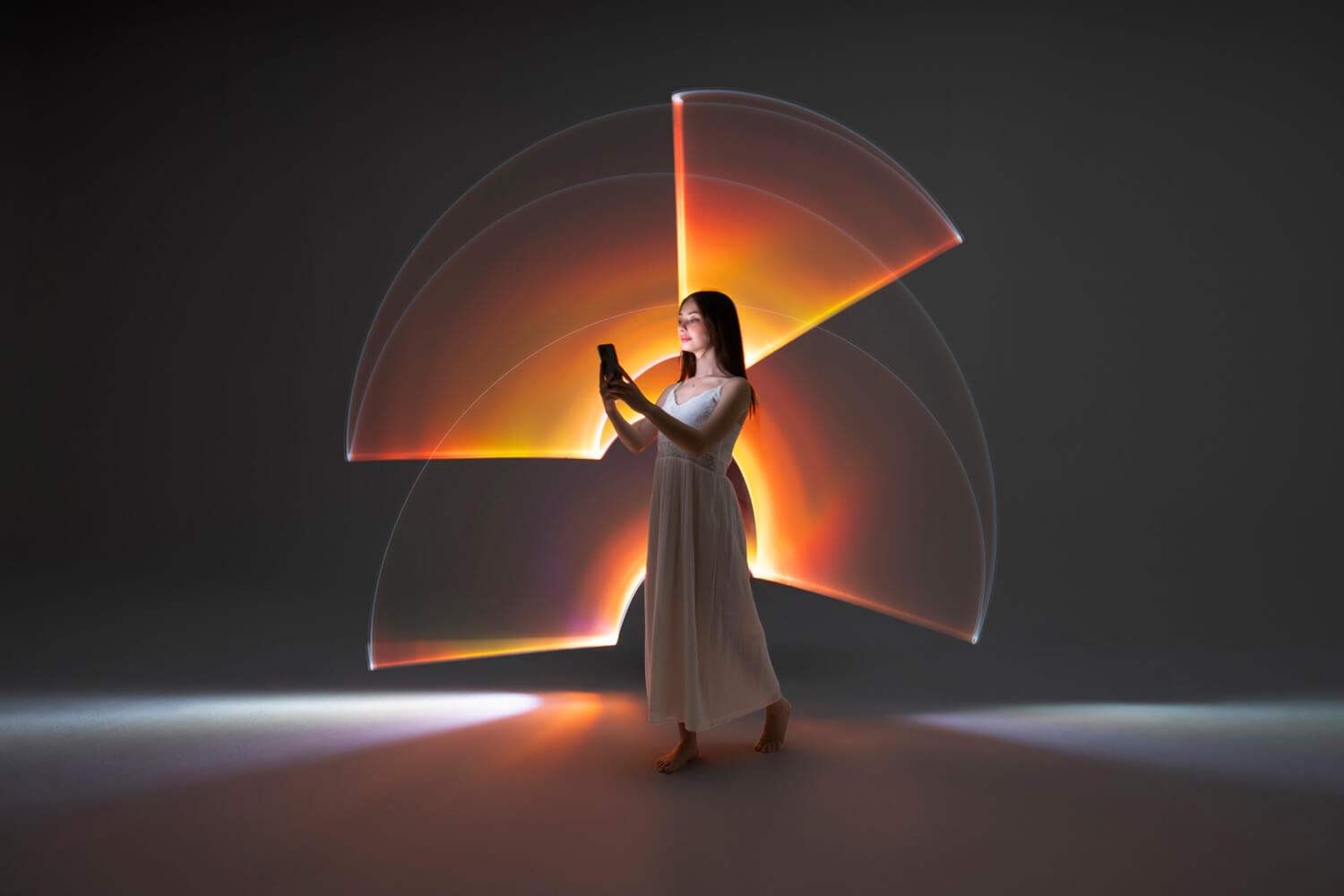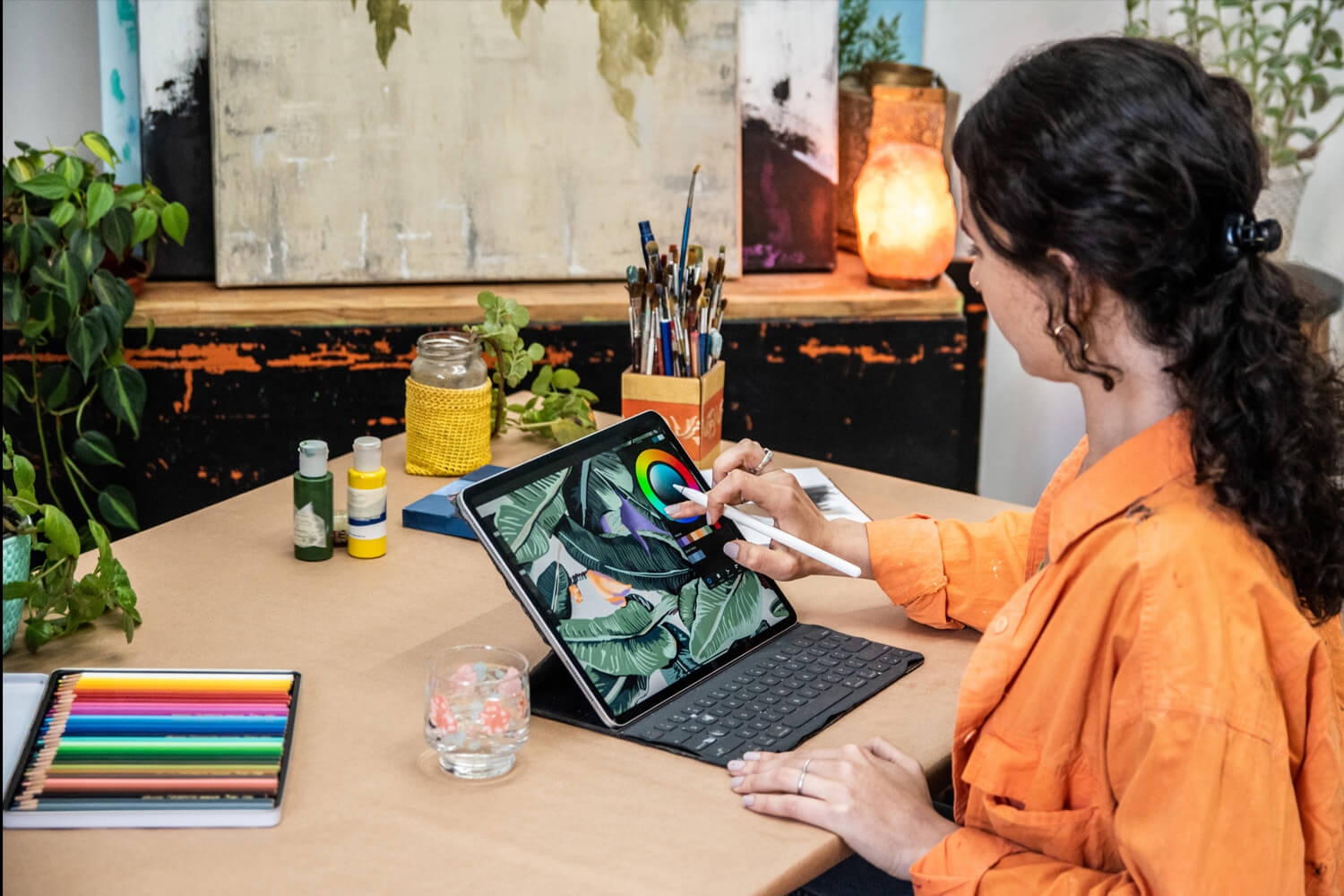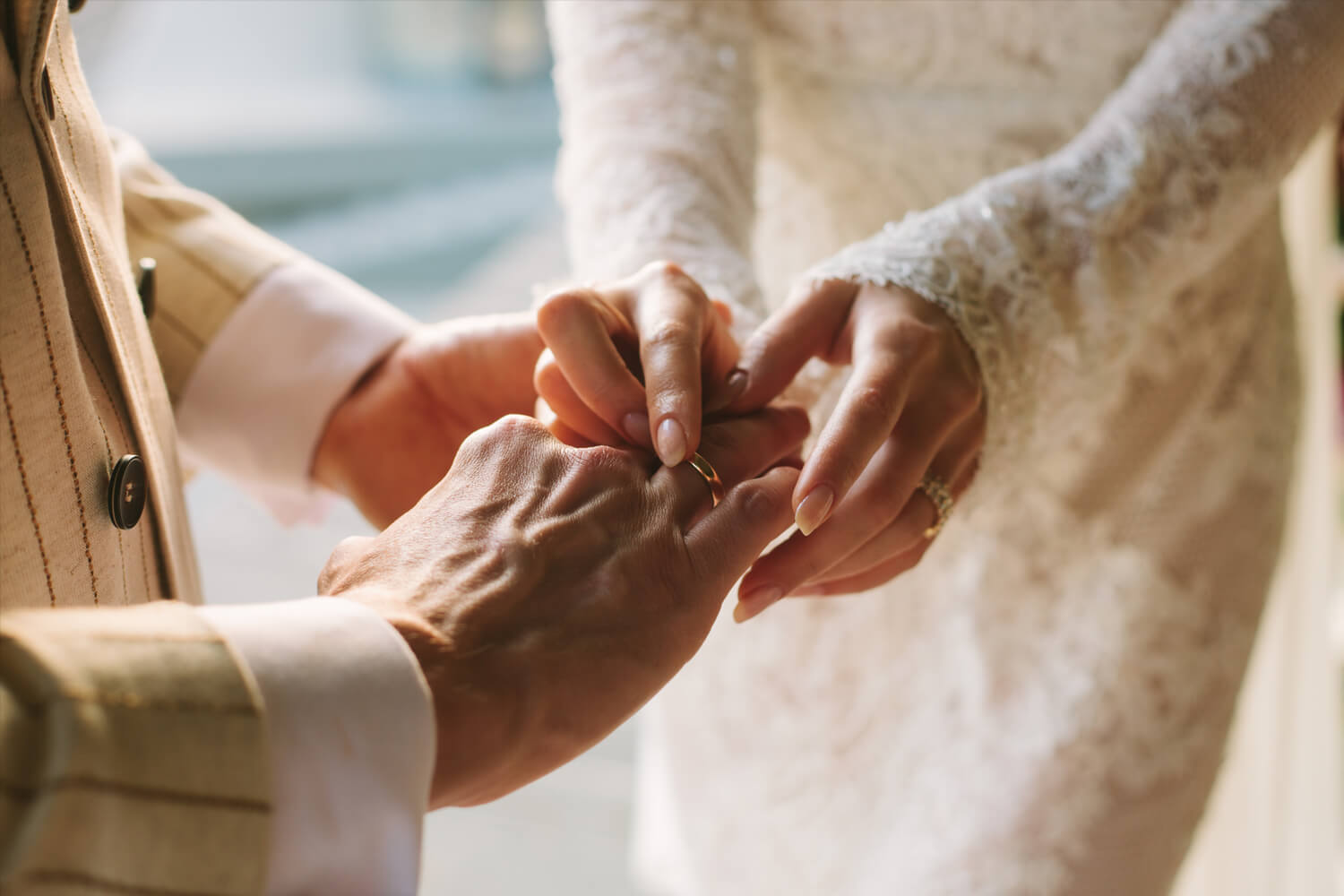Can You Copyright AI-Generated Art? Your Complete Guide

The art world is buzzing with AI-created masterpieces. From stunning Midjourney portraits to breathtaking DALL·E landscapes, AI art is everywhere. But here's the million-dollar question: Can you copyright AI-generated art?
Artists and businesses see huge opportunities. Yet copyright law hasn't caught up with this tech boom. This creates a confusing gray area where ownership, licensing, and protection are unclear.
What's at stake? A lot. We're talking about protecting creative investments and avoiding costly legal fights. This guide will break down current laws, share real examples, and give you practical steps to protect your work.

Understanding AI-generated art and copyright basics
Let's start simple. AI-generated art is artwork created using artificial intelligence tools. But not all AI art is the same.
Some art is fully AI-generated. You type a prompt, and the computer does everything else. Other art involves humans guiding the AI through the creative process.
Here's what matters for copyright in the U.S.:
Originality: The work must be original, not copied. This means that you must create the work from scratch, not using someone else’s existing piece of work as the foundation.
Fixation: The work must be saved in a permanent form. You want to be sure you have saved your AI art where you can access it whenever you need – not in a temporary format that could easily be lost.
Human authorship: A human must create the work. You need to use AI as a tool to make your piece of art.
Can you copyright AI-generated art?
The current legal answer is complex.
In the U.S., works created entirely by artificial intelligence are not copyrightable. This is because copyright law requires human authorship as we mentioned above. But if you use AI as a tool in the creative process, or if you use AI-generated material as part of the process, your work on the AI-generated art could be copyrightable. In the U.S., the Copyright Office reviews each case. They look at how much was contributed by humans: Did humans contribute enough creative input to claim authorship?
Key factors they consider:
- How detailed were your creative instructions?
- Did you make artistic choices during creation?
- How much did you edit or modify the output?
Other countries have different approaches. Some are more open to AI copyright protection. Others are stricter than the U.S.
Is AI-generated art automatically copyrighted?
No. Copyright doesn't attach without meeting human authorship rules. This is important to understand. You might own the digital file or printed image, but owning the file and owning the copyright are two different things.
Who owns the rights to AI art?
Ownership gets tricky fast. Several factors matter, like whether you created the art independently, whether you were working for an employer, and what the AI tool’s terms say. No one really owns fully AI-generated art. Check the terms and conditions of the AI platform that you are using to see what that tool says about right ownership.
Always read the terms of service. They can limit what you can do with your AI art.

When do I own the rights to my AI art?
Your relationship with the AI platform matters. Some tools let you keep full rights. Others keep some rights for themselves. If you're working for someone else, your employer might own the rights. Always check your work contract.
When multiple people are involved, clear agreements prevent disputes later.
These are a few examples of the ownership rules that different AI platforms might enforce:
- Midjourney - Users get rights to images they generate
- DALL·E - Users own their creations
- Adobe Firefly - Rights depend on your subscription type
Can you copyright AI art if you modify it?
Here's where things get interesting.
Human modifications can create new copyrightable work. But the changes must be substantial and original. Since copyright law requires a human author, you need to significantly modify the work to make it your own. The copyright will only apply to your contributions – not to the entire AI-generated image.
Examples of modifications that may qualify:
- Adding original artistic elements
- Combining multiple AI images creatively
- Significantly editing colors, composition, or style
- Using AI output as a base for traditional art
Selling and licensing AI-generated art?
You may be able to license your human contributions to AI-assisted art if you can prove that you made significant changes to the material. But there are limits. Without copyright, you can't stop others from copying your work.

Am I allowed to sell AI-generated art?
Most platforms allow AI art sales with some rules:
- Etsy - Allows AI art with proper disclosure
- Stock photo sites - Policies vary widely
- Print-on-demand - Most accept AI art
You will need to watch out for pitfalls that could prevent you from being able to sell your art. Data that you used to train your AI might include copyrighted images, rendering your work ineligible for sale. Your AI-generated art could also look too similar to other works that artists have legally protected. Platform policies change regularly, meaning that you need to stay up-to-date on the rules of the specific platform that you use to make your art.
Best practices for selling involve always disclosing that AI helped create your work. Document your creative process in a way that you can prove to potential sellers. Avoid copying existing artworks, and always read platform policies carefully.
Risks, infringement, and AI art laws
AI art laws are still developing. New legislation is being proposed regularly. Current legal debates focus on whether AI can infringe existing copyrights and who is liable when AI copies protected work. Lawmakers are wondering how to balance AI innovation with artist rights.
Real disputes are already happening. Artists have sued AI companies for using their work without permission.
The legal landscape changes fast. Stay informed about new developments.
Steps to protect and use your AI art
Want to protect your AI artwork? Follow this checklist:
Document everything:
- Save all your prompts and instructions
- Keep records of your editing process
- Screenshot your creative decisions
- Store multiple versions of your work
Legal protection:
- Read AI tool terms of service carefully
- Use clear contracts for commercial work
- Consider hybrid workflows mixing AI and traditional art
- Consult an IP attorney for valuable projects
Smart practices:
- Be honest about AI involvement
- Avoid copying existing artworks
- Build a portfolio showing your creative input
- Stay updated on changing laws
For high-value or commercial projects, talking to an intellectual property lawyer is smart.
Navigating AI art in an evolving legal landscape
Laws around AI art are still developing. What's clear today might change tomorrow. Speak with an experienced lawyer to make sure you are keeping up with the most recent rules, policies, and laws about AI-generated art.
The AI art world is exciting and full of opportunity. By understanding the law and protecting your work properly, you can create and sell AI art with confidence.
Remember: When in doubt, get legal help. The cost of advice now is much less than the cost of disputes later.

Get legal help with intellectual property issues
Navigating intellectual property law can be complex and costly. LegalShield offers an affordable solution for artists and creators dealing with copyright, trademark, and patent issues.
As a LegalShield Member, you get access to experienced attorneys who can help with document review, consultation, and other essential small business matters. If you have legal issues that are not covered by your membership, you can pay a discounted rate of the law firm’s standard hourly fee to get help with those important matters.
Ready to protect your creative work? Visit LegalShield today to learn how affordable legal protection can safeguard your artistic investments and give you peace of mind in the rapidly evolving world of AI-generated art.
Written by Elyse Dillard, Content Specialist at LegalShield. Elyse creates educational resources about legal and identity theft protection services. She works to make complex legal concepts more accessible to readers and has contributed to numerous articles on the LegalShield blog.
Pre-Paid Legal Services, Inc. ("PPLSI") provides this blog as a public service and for general information only. The information made available in this blog is meant to provide general information and is not intended to provide legal advice, render an opinion, or provide a recommendation as to a specific matter. The blog post is not a substitute for competent legal counsel from a licensed professional lawyer in the state or province where your legal issues exist, and you should seek legal counsel for your specific legal matter. All information by authors is accepted in good faith. However, PPLSI makes no representation or warranty of any kind, express or implied, regarding the accuracy, adequacy, validity, reliability, availability, or completeness of such information. The materials contained herein are not regularly updated and may not reflect the most current legal information. No person should either act or refrain from acting on the basis of anything contained on this website. Nothing on this blog is meant to, or does, create an attorney-client relationship with any reader or user. An attorney-client relationship may be formed only after the execution of an engagement letter with an attorney and after that attorney has confirmed that no conflicts of interest exist. Nothing on this website, or information contained or transmitted by this website, is intended to be an advertisement or solicitation. Information contained in the blog may be provided by authors who could be a third-party paid contributor.
PPLSI provides access to legal services offered by a network of provider law firms to PPLSI members through membership-based participation. Neither PPLSI is not a law firm, and its officers, employees or sales associates do not directly or indirectly provide legal services, representation, or advice.



